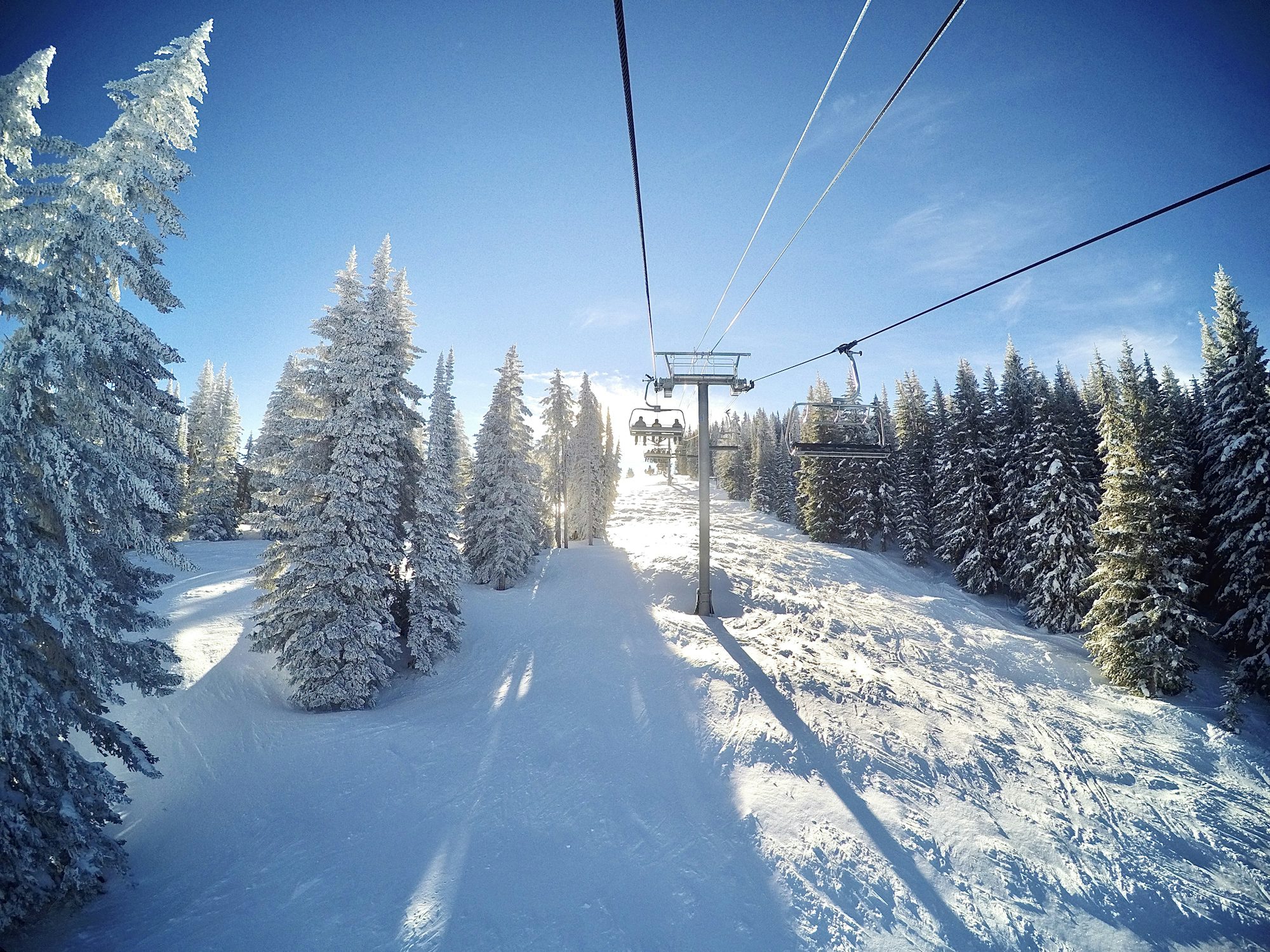How to make additional income after 35
This article delves into the exciting world Sport of freestyle snowboarding, covering techniques, tips, Major update New Program in News Canada for Canadians How to make additional income after 35 and Travel the culture surrounding this dynamic sport.
Understanding Freestyle Snowboarding
Freestyle snowboarding is all about creativity and style. Riders use various features found in terrain parks, such as rails, boxes, jumps, and halfpipes, to perform tricks and showcase their unique abilities. Unlike other snowboarding disciplines that may focus more on speed and navigation through challenging terrains, freestyle emphasizes individual expression, making it accessible and appealing to a wide range of snowboarders.
Key Elements of Freestyle Snowboarding
1. Terrain Parks
Terrain parks are specially designed areas within ski resorts that feature various obstacles and jumps. These parks often include:
- Rails and Boxes: Metal rails and flat boxes allow riders to slide or grind, adding style to their tricks.
- Jumps: Different-sized jumps help riders practice aerial maneuvers. Beginners can start on smaller jumps before progressing to larger ones.
- Halfpipes: A U-shaped structure where riders can gain speed and perform aerial tricks by riding up and down the walls.
2. Tricks and Maneuvers
Freestyle snowboarding involves a wide How to make additional income after 35 range of tricks that can be categorized into:
- Grabs: Riders reach down to grab the board during a jump, enhancing style and control. Common grabs include the melon (grabbing the heel edge) and indy (grabbing the toe edge).
- Spins: Rotating the body while in the air, spins can range from 180 degrees to 1080 degrees or more, depending on the rider's skill level.
- Flips: Advanced riders may perform flips, such as backflips or frontflips, adding complexity to their jumps.
Essential Gear for Freestyle Snowboarding
To get started in freestyle snowboarding, having the right equipment is crucial:
1. Snowboard
For freestyle riding, consider a softer board with a twin-tip shape. This design allows for easier maneuverability and a more balanced ride when landing tricks.
2. Bindings
Choose bindings that offer a good range of motion and a comfortable fit. Look for adjustable straps to ensure a secure connection to your board, which is essential when executing tricks.
3. Boots
Opt for soft-flex boots, which provide comfort and flexibility. A snug fit is vital, as loose boots can hinder control and increase the risk of injury.
4. Protective Gear
Safety is paramount in freestyle snowboarding:
- Helmet: Always wear a properly fitting helmet to protect your head during falls.
- Wrist Guards: These can help prevent wrist injuries, especially when learning new tricks.
- Knee Pads: Additional protection for your knees can make learning less intimidating, allowing you to focus on mastering techniques.
Tips for Getting Started in Freestyle Snowboarding
Freestyle snowboarding can be challenging but incredibly rewarding. Here are some tips to help beginners navigate this thrilling discipline:
1. Start with the New Program in Canada Basics
Before attempting complex tricks, ensure you have a solid foundation in basic snowboarding skills. News This includes mastering turns, stopping, and riding comfortably on varied terrain. Spend time practicing on groomed runs to build confidence.
2. Progress Gradually
Begin with smaller features in the terrain park. Start with small jumps to practice getting airborne and landing safely. As you gain confidence, gradually increase the size of the jumps and try more complex features like rails and boxes.
3. Focus on Technique
Proper technique is key in freestyle snowboarding. When jumping, ensure you have enough speed to clear the feature and maintain balance during your landing. Work on keeping your knees bent and your weight centered over the board to absorb impact and maintain control.
4. Film Yourself
Recording your sessions can be a valuable tool for improvement. Watching footage allows you to analyze your technique, identify areas for improvement, and track your progress over time.
The Freestyle Snowboarding Community
Freestyle snowboarding has a vibrant and welcoming community. Many riders find camaraderie in sharing their experiences, learning from one another, and celebrating each other's achievements. Consider participating in local events or joining a snowboarding club to connect with fellow enthusiasts.
Events such as contests, film screenings, and community meetups can enhance your snowboarding experience and introduce you to new friends who share your passion.
The Future of Freestyle Snowboarding
As snowboarding continues to evolve, so does freestyle riding. With advancements in technology and design, equipment is becoming more specialized, allowing riders to push the limits of what’s possible on the snow. Freestyle snowboarding is also gaining recognition as it continues to feature prominently in international competitions and the Winter X Games, showcasing the incredible talent and creativity within the sport.
Conclusion
Freestyle snowboarding offers an exciting blend of athleticism and artistry, allowing riders to showcase their unique style while enjoying the thrill of the slopes. Whether you're just starting or looking to enhance your skills, embracing the freestyle approach can lead to countless hours of enjoyment and self-expression on the snow. Remember, the journey of a freestyle snowboarder is one of continuous learning and growth, so embrace every moment, celebrate your progress, and enjoy the ride!